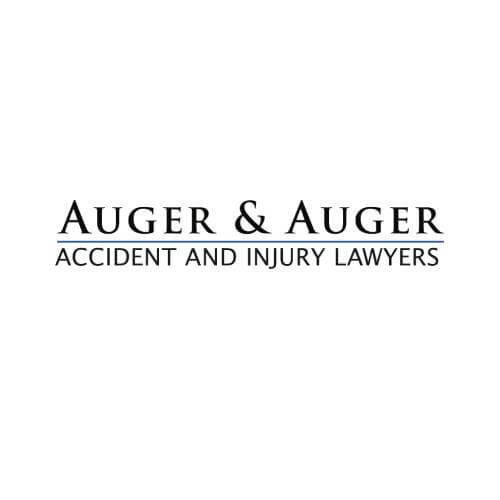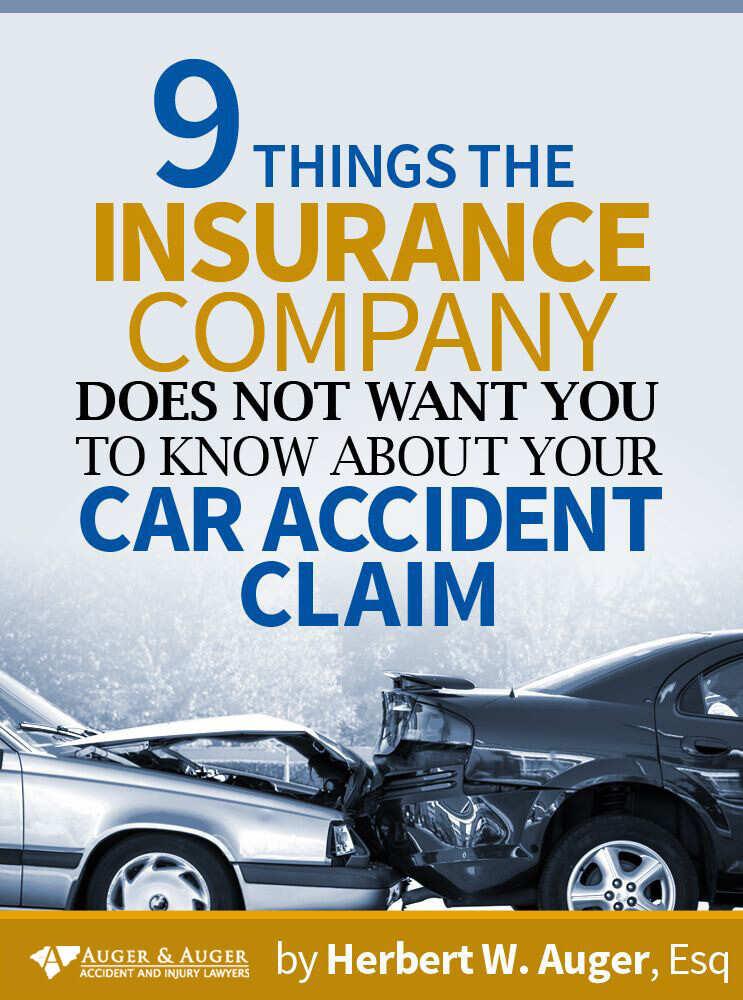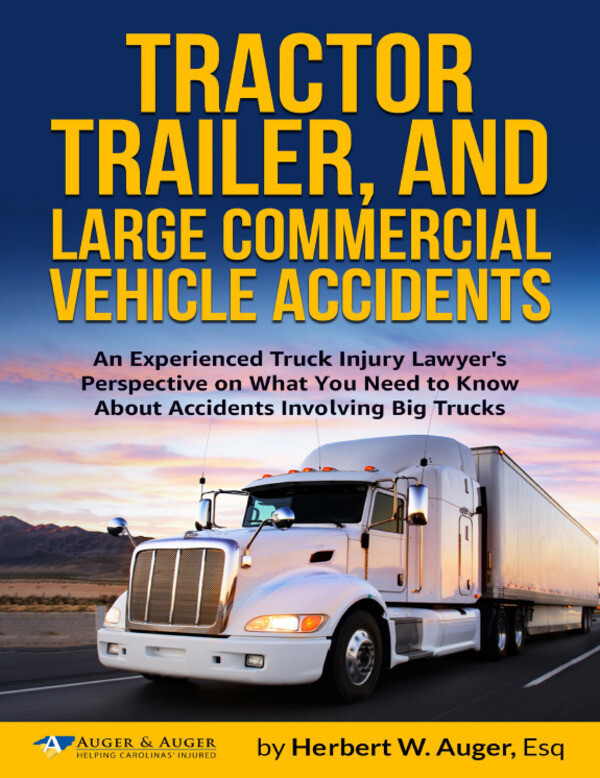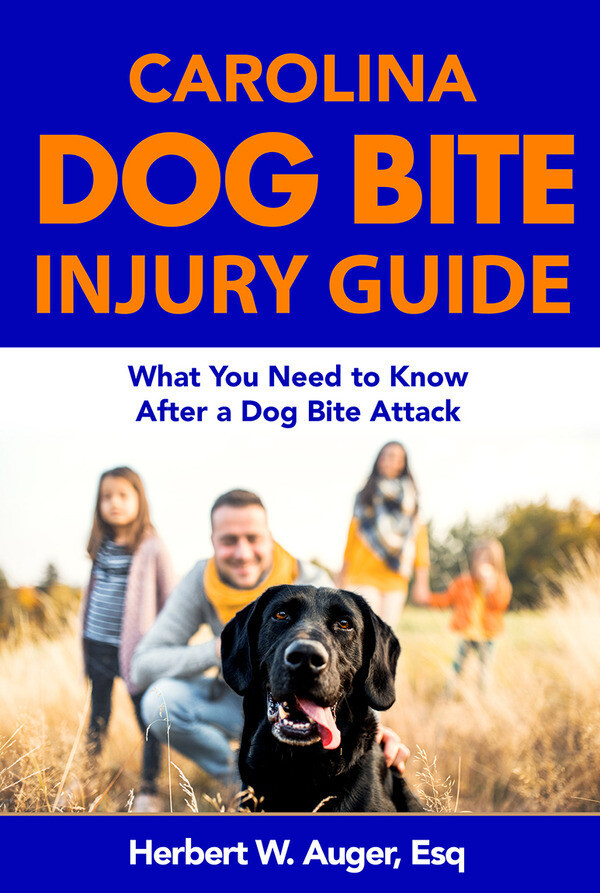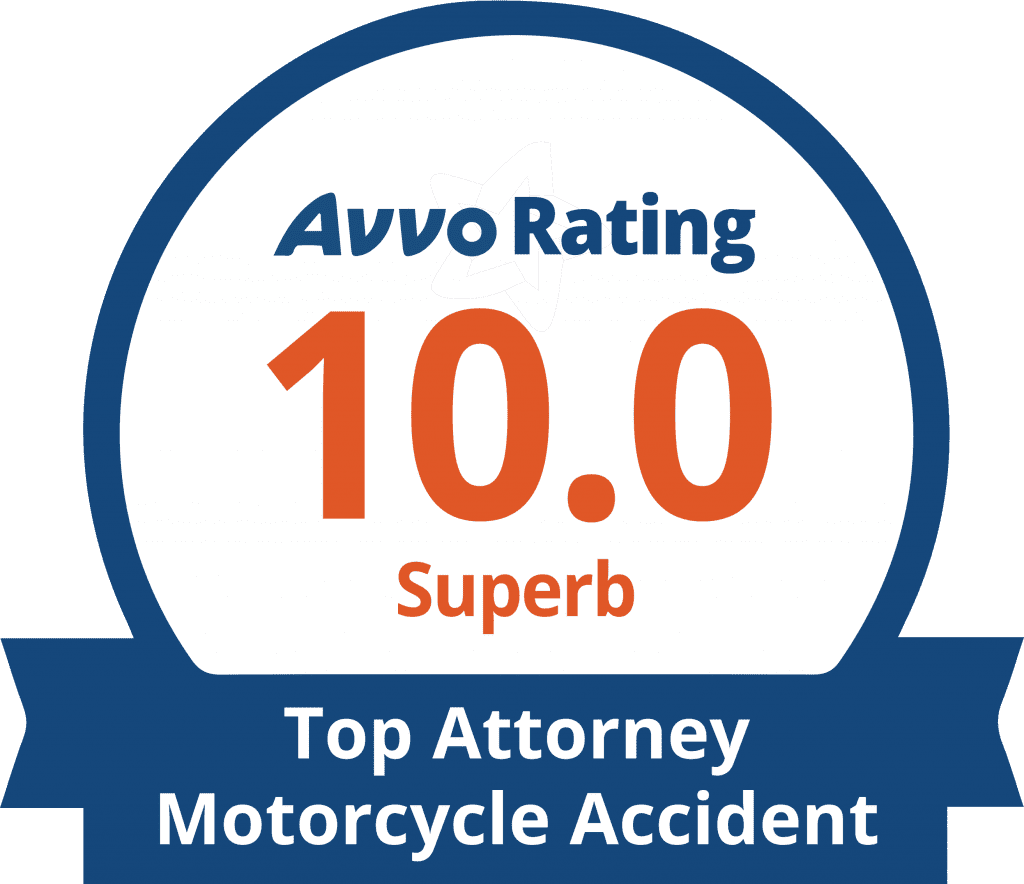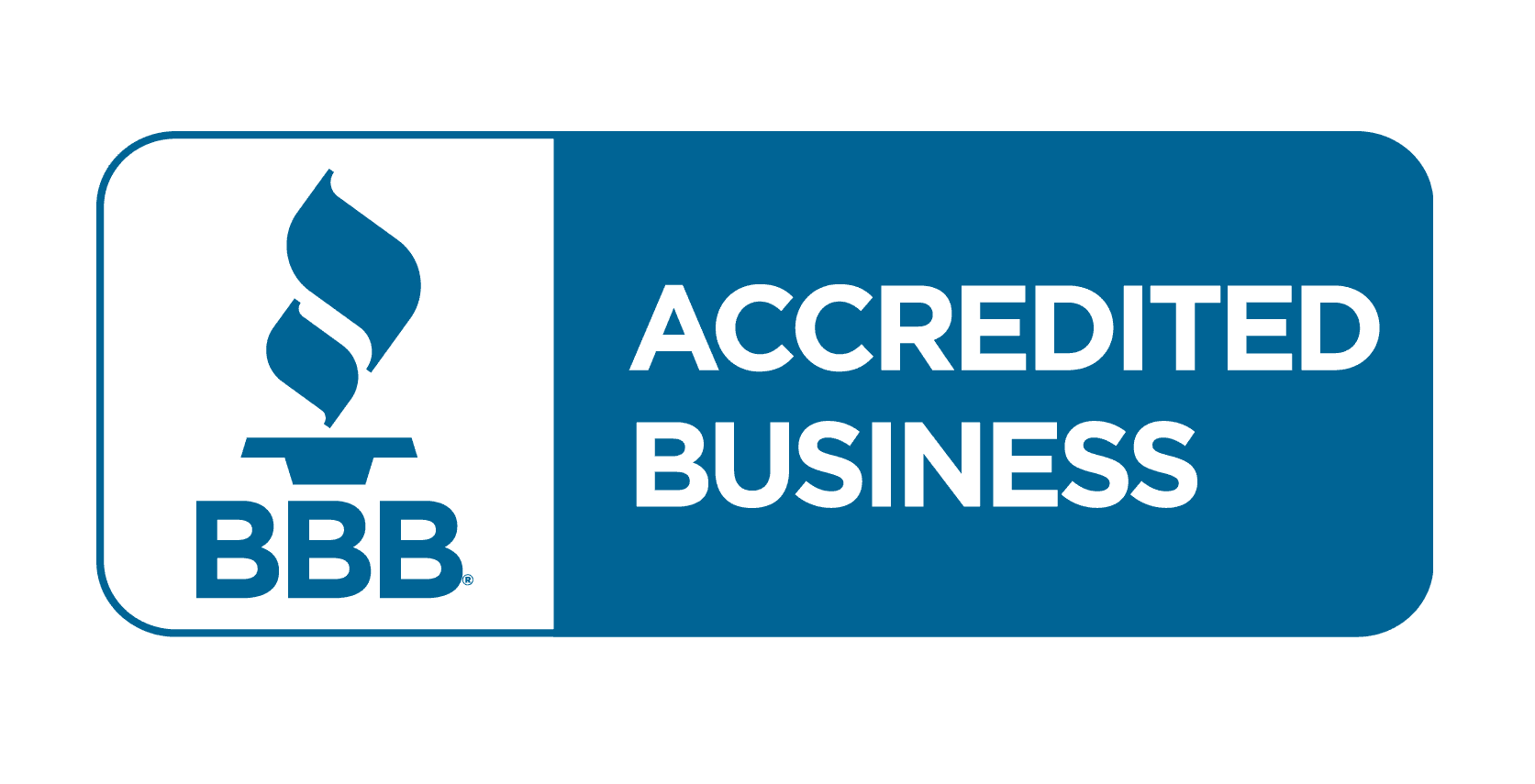A semi-truck accident can turn a routine drive into a life-altering event. With their enormous size and weight, these vehicles can cause significant harm to other drivers, pedestrians, and cyclists. Unlike typical car crashes, these accidents often involve multiple responsible parties, including the truck driver, trucking company, and even equipment manufacturers. Securing fair compensation requires a thorough investigation and a strong legal strategy.
North Carolina follows a contributory negligence rule, meaning that if you are found to be even 1% at fault for the accident, you could be barred from receiving compensation. This makes it all the more important to have experienced legal representation on your side to navigate the complexities of proving liability and securing a fair settlement.
This guide will walk you through the common causes of semi-truck accidents, the importance of legal representation, the compensation you may be entitled to, and the steps to take after an accident to protect your rights.
The Dangers of Semi-Truck Accidents
Semi-trucks are particularly hazardous to other vehicles, pedestrians, and cyclists due to their size, weight, and the nature of their operation. The sheer mass of a semi-truck means that collisions with smaller vehicles can result in severe damage and catastrophic injuries, if not fatalities. Additionally, the large and bulky nature of these trucks makes them more difficult to maneuver, especially in tight spaces or high-traffic areas.
Common accident scenarios involving semi-trucks include:
- Rear-end collisions: Semi-trucks often travel at higher speeds and require more distance to stop. When a truck follows too closely behind a vehicle or fails to react in time, it can result in a rear-end collision that may cause severe damage or injuries to the smaller vehicle and its occupants.
- Underride accidents: These occur when a smaller vehicle collides with the back or side of a semi-truck and slides under the trailer. The height of a truck’s trailer creates a dangerous risk for other vehicles to become trapped under it, leading to devastating injuries.
- Lane change accidents: Semi-trucks have large blind spots, particularly on the sides and rear, which make it difficult for truck drivers to see other vehicles when changing lanes. Failure to properly check these blind spots can result in a side-impact collision, often involving smaller vehicles or pedestrians.
- Rollovers: Due to their high center of gravity, semi-trucks are prone to tipping over, especially when making sharp turns or traveling too fast. A rollover accident can result in significant damage to property and pose a risk to drivers in surrounding lanes.
Several risks make semi-trucks particularly dangerous:
- Limited visibility: The height and design of a semi-truck create large blind spots, especially along the sides, in front of the cab, and directly behind the trailer. Drivers in these areas are often unseen by the truck driver, making it difficult to avoid collisions.
- Large blind spots: A semi-truck’s blind spots are significantly larger than those of passenger vehicles. If a truck driver is unable to see a vehicle or pedestrian in these areas, they may inadvertently change lanes or make a turn, causing an accident.
- Restricted maneuverability: Due to their size, semi-trucks require more space to make turns and have a longer stopping distance compared to smaller vehicles. This limited maneuverability can result in accidents when drivers need to make quick adjustments in congested or tight areas.
- Long stopping distances: A fully loaded semi-truck can take much longer to stop than a passenger car. If a truck driver is following too closely behind another vehicle or approaching a red light too quickly, they may not have enough time to stop before a collision occurs.
In addition to these physical risks, the behavior of truck drivers can further increase the danger on the road. Fatigue from long hours behind the wheel, excessive speed to meet tight delivery deadlines, and pressure to maintain strict schedules can lead to poor decision-making and unsafe driving practices.
Drivers who are tired or rushing may make mistakes, such as failing to check blind spots, speeding, or ignoring safety protocols, which can have tragic consequences. These factors, combined with the inherent risks of operating large commercial vehicles, make semi-truck accidents especially dangerous and difficult to avoid.
Why You Need Legal Representation
Navigating semi-truck accident cases without experienced legal representation can be stressful. The involvement of large trucking companies, multiple insurance policies, and possibly defective truck equipment adds layers that make it harder to determine liability and secure fair compensation for victims.
One of the main challenges in these cases is dealing with aggressive insurance companies. After a semi-truck accident, insurance companies—both from the trucking company and other involved parties—often try to minimize payouts. They may use tactics such as questioning the severity of injuries, denying liability, or offering settlements that are far lower than what the victim deserves.
Without an attorney, victims may feel pressured to accept these low offers, potentially leaving them without sufficient funds to cover medical bills, lost wages, or other accident-related costs.
Another significant challenge is the difficulty in proving liability, particularly when multiple parties are involved. In semi-truck accident cases, there may be several parties responsible for the accident, such as the truck driver, the trucking company, the truck manufacturer, or even the maintenance provider. Determining who is at fault requires a thorough investigation and careful analysis of the evidence. Liability can be complicated by factors like driver negligence, poorly maintained vehicles, improper loading of cargo, or manufacturing defects.
An experienced attorney ensures victims receive the compensation they deserve by gathering key evidence and working with experts to build a strong case. This may include reviewing accident reports, obtaining driver logs, investigating maintenance records, and consulting accident reconstruction specialists. Attorneys also work with medical professionals and other experts to document the full extent of the victim’s injuries and losses.
Having legal representation is crucial to navigate the legal process. An attorney will handle all aspects of the case, from filing paperwork to negotiating with insurance companies, ensuring that the victim’s rights are protected every step of the way.
With an attorney by your side, you can focus on recovery while they fight for the compensation you need to cover medical bills, lost wages, emotional distress, and other damages.
In semi-truck accident cases, having an attorney who understands the ins and outs of trucking laws and liability is essential for securing a fair settlement and protecting your long-term interests. Without proper legal representation, you risk being taken advantage of by insurance companies and losing out on the compensation you deserve.
Determining Liability in a Semi-Truck Accident
Multiple parties may be involved for a semi-truck accident including the truck driver, the trucking company, equipment manufacturers, and maintenance providers. Various factors contribute to the cause of the accident, and identifying who is at fault requires a thorough investigation.
Semi-truck driver negligence is often a leading cause of accidents. Common forms of driver negligence include:
- Failure to check blind spots: Semi-trucks have large blind spots that can obscure the driver’s view of other vehicles, pedestrians, or cyclists. If the driver fails to check these blind spots before changing lanes or making turns, an accident can occur.
- Speeding: Due to the size and weight of semi-trucks, speeding increases the risk of accidents, especially in congested or residential areas. When a truck is traveling too fast, the driver may not have enough time to react to sudden changes in traffic or road conditions.
- Impaired driving: Truck drivers who operate their vehicles under the influence of drugs or alcohol put everyone on the road at risk. Substance impairment affects reaction times, judgment, and coordination, significantly increasing the chances of an accident.
- Distracted driving: Like any driver, semi-truck drivers can become distracted by mobile devices, in-cab technology, or other sources of distraction, leading to accidents caused by inattention.
- Fatigue: Long hours behind the wheel and the pressure to meet tight deadlines can result in driver fatigue. Tired drivers are less able to make quick decisions, stay alert, or respond to road hazards, increasing the likelihood of an accident.
In addition to driver negligence, there are other contributing factors that can lead to semi-truck accidents, including:
- Poorly maintained vehicles: Semi-trucks that are not regularly inspected or maintained can develop mechanical issues, such as brake failure, tire blowouts, or engine malfunctions, all of which can lead to accidents.
- Improper loading of cargo: If a truck is overloaded or the cargo is not properly secured, the risk of accidents increases. Shifting cargo or unbalanced loads can cause the truck to become unstable, making it harder for the driver to control the vehicle.
- Inexperience or overworked drivers: Drivers who lack experience operating large trucks or are overworked may struggle with the complexities of driving a semi-truck, especially in difficult conditions or on unfamiliar routes.
Shared liability can arise in cases where the trucking company or other parties are involved. The trucking company may be liable if they failed to provide proper driver training, failed to monitor drivers’ hours of service, or neglected to maintain the truck properly. If the company set unrealistic delivery deadlines or ignored safety regulations, they could share responsibility for the accident.
The role of defective equipment is another potential area of liability. If the accident was caused by a mechanical failure or defective part, the manufacturer of the truck or its components may be responsible. For example, faulty brakes or defective tires could lead to a crash, and liability may lie with the manufacturer or the maintenance provider.
To determine liability, a thorough investigation is essential. This process typically includes:
- Reviewing accident reports: These official reports provide essential details about the accident, including the cause, parties involved, and any contributing factors.
- Examining driver logs: Driver logs can reveal if the truck driver was adhering to legal driving hours or if fatigue, speeding, or other violations contributed to the accident.
- Inspecting maintenance records: Maintenance logs provide insight into the truck’s condition and whether the truck was properly maintained or had unresolved mechanical issues.
- Gathering witness statements: Eyewitnesses or passengers may provide valuable information regarding the events leading up to the accident, helping to clarify how it occurred and who was at fault.
By carefully examining all of these factors, it is possible to determine the parties responsible for the accident and build a case for securing the compensation you deserve.
Compensation Available for Victims
Victims of semi-truck accidents may be entitled to various forms of compensation, depending on the severity of the accident and the impact on their lives. The compensation can help cover the financial, emotional, and physical toll the accident has taken. The primary types of compensation include:
- Economic Damages: These are tangible, calculable losses that directly result from the accident. Economic damages typically include:
- Medical expenses: The cost of emergency care, hospital stays, surgeries, rehabilitation, and any future medical treatments required due to injuries sustained in the accident.
- Lost wages: If the victim is unable to work due to the injuries, they can be compensated for the wages they would have earned had the accident not occurred.
- Vehicle repairs and property damage: If the victim’s vehicle or other personal property was damaged or totaled in the accident, compensation can cover the repair or replacement costs.
- Non–Economic Damages: These are harder to quantify, as they represent the intangible impact of the accident on the victim’s life. Non-economic damages can include:
- Pain and suffering: Compensation for the physical pain and discomfort experienced as a result of the injuries. This may also account for long-term or permanent disabilities caused by the accident.
- Emotional distress: The psychological toll of the accident, such as anxiety, depression, or post-traumatic stress disorder (PTSD), can significantly affect the victim’s quality of life and be factored into compensation.
- Loss of quality of life: When the victim’s injuries prevent them from participating in activities they once enjoyed or impact their ability to perform everyday tasks, they may be entitled to compensation for the reduced quality of life.
- Punitive Damages: In cases where the semi-truck driver or other parties involved acted with reckless or grossly negligent behavior, such as driving under the influence, excessive speeding, or intentionally ignoring safety regulations, punitive damages may be awarded.
These damages are not intended to compensate the victim but rather to punish the responsible party for their actions and deter similar conduct in the future.
Maximizing compensation is crucial to ensure that the victim’s immediate and long-term needs are met. This includes covering medical expenses and lost income in the short term, as well as addressing long-term recovery needs, such as ongoing medical treatment, therapy, or loss of earning capacity due to permanent disabilities.
A skilled attorney can help ensure that all potential sources of compensation are pursued and that the victim receives fair financial support for both current and future challenges.
Contact a Legal Professional for a Free Consultation
If you’ve been involved in a semi-truck accident, it’s essential to have a trusted legal professional on your side. At Auger and Auger, we work on a contingency fee basis, meaning you don’t pay any fees unless we win your case. Additionally, we offer our A&A Zero Fee Guarantee, which means you won’t owe anything unless we successfully secure compensation for you. This ensures that you can focus on your recovery without the added worry of legal costs.
We understand the financial and emotional burdens that come with an accident, and our team is here to ensure you don’t face these struggles alone. Our attorneys will guide you through every step of the legal process, from filing your claim to negotiating with insurance companies, and ensure you receive the compensation you deserve.
Don’t wait to take action—schedule a free, no-obligation consultation today. We’ll review your case, explain your options, and help you determine the best path forward. Contact Auger and Auger now to get the legal support you need and deserve.
Contact Information
Call us today or visit our website to set up your free consultation and start your journey toward the compensation and justice you are entitled to.

